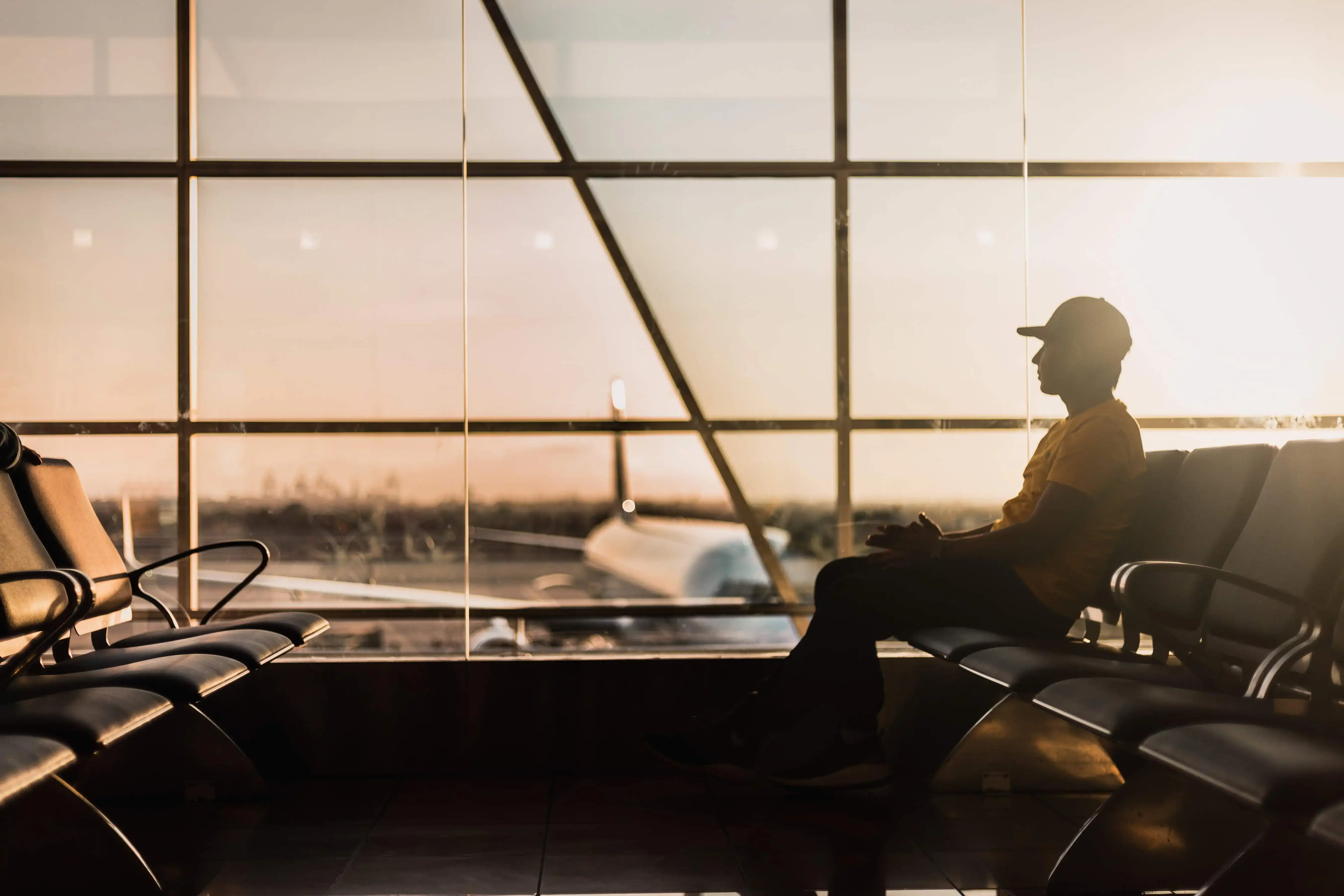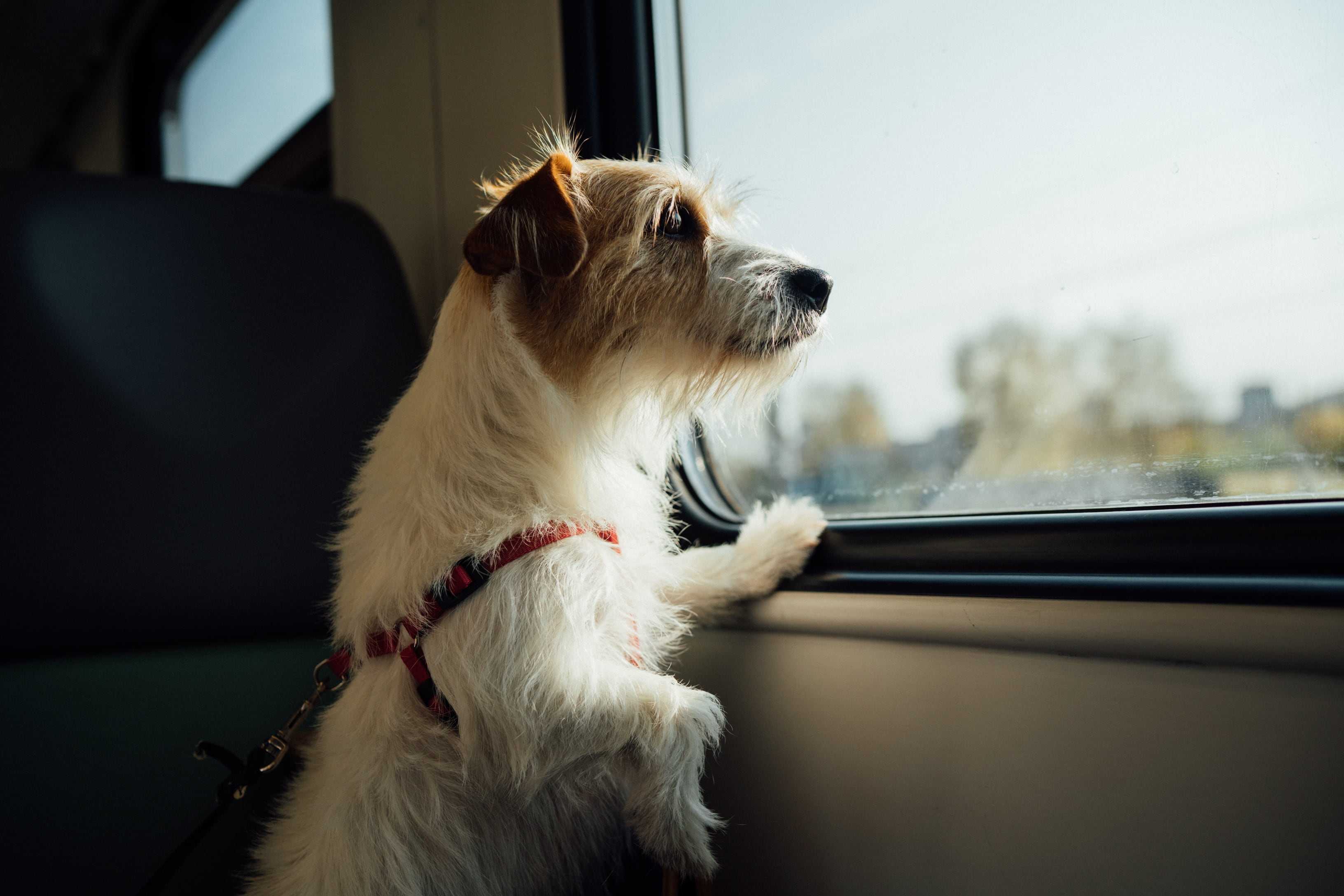Overcoming Flight Anxiety: Strategies for Nervous Flyers

Embarking on a journey by air can be an exciting prospect for many, but for those battling flight anxiety, the mere thought of boarding an airplane can evoke feelings of nervousness and fear. If you find yourself grappling with flight anxiety, fret not – you're not alone, and there are effective strategies to help you overcome it. In this guide, we'll explore step-by-step techniques that will empower you to conquer your fears and take to the skies with confidence.
Understanding Flight Anxiety:
Flight anxiety, also known as aviophobia, is a common condition that affects individuals of all ages. It often stems from a combination of factors, including fear of heights, claustrophobia, or a lack of control. The first step in overcoming flight anxiety is acknowledging and understanding these fears. By doing so, you can begin to address them head-on and work towards a more positive flying experience.
Step 1: Educate Yourself About Flying:
Understanding the intricacies of flying is an essential first step in overcoming flight anxiety. Delving into the world of aviation can not only dispel myths but also equip you with the knowledge needed to counter irrational fears.
Statistics on Air Travel Safety: Let's start with a reassuring fact: air travel is one of the safest modes of transportation. According to the Aviation Safety Network, the global aviation safety record has consistently improved over the years. In 2021, the worldwide aviation accident rate was just 0.92 accidents per million flights – an impressive testament to the industry's commitment to safety.
Furthermore, modern aircraft are equipped with state-of-the-art technology, and rigorous maintenance procedures ensure their reliability. Airlines adhere to strict safety regulations imposed by aviation authorities, and pilots undergo extensive training to handle a myriad of scenarios, ensuring passenger safety is always a top priority.
Understanding Turbulence: Turbulence, a common source of anxiety for many flyers, is a natural occurrence in air travel. It's essential to recognize that turbulence does not pose a threat to the structural integrity of the aircraft. Pilots are trained to navigate through turbulent conditions safely, and the vast majority of turbulence-related incidents are minor and inconsequential.
Step 2: Plan and Prepare:
Ease anxiety by being well-prepared for your journey. Research your airline's safety record, familiarize yourself with the aircraft, and review the in-flight procedures. Pack a travel comfort kit with calming essentials, such as a favorite book, soothing music, or stress-relief tools. Having these familiar items on hand can provide a sense of security during the flight.
Step 3: Breathing and Relaxation Techniques:
When it comes to overcoming flight anxiety, the power of controlled breathing and relaxation techniques cannot be overstated. These strategies serve as invaluable tools to calm the mind and body, helping you navigate the challenges of air travel with ease.
Deep-Breathing Mastery: Begin by honing the art of deep, diaphragmatic breathing. This technique involves inhaling slowly through your nose, allowing your abdomen to expand fully, and then exhaling through your mouth. The goal is to engage your diaphragm rather than shallow breathing from your chest. Practice this technique regularly in the days leading up to your flight to make it a familiar and instinctive response.
Progressive Muscle Relaxation (PMR): A powerful technique to release tension throughout your body is Progressive Muscle Relaxation (PMR). This involves systematically tensing and then relaxing different muscle groups. Start with your toes, working your way up to your head, paying attention to each muscle group. This method not only promotes physical relaxation but also trains your mind to recognize and release tension.
Guided Imagery and Visualization: Immerse yourself in the world of guided imagery and visualization. Create mental images of serene places or scenarios that evoke a sense of calmness. During moments of anxiety, close your eyes and transport yourself to these mental retreats. Whether it's a tranquil beach or a peaceful meadow, visualizing positive environments can be a potent antidote to anxiety.
In-Flight Relaxation Rituals: Prepare a set of in-flight relaxation rituals. This could include bringing a favorite scented hand lotion, calming essential oils, or a cozy blanket. Having familiar scents and tactile comforts can anchor you in a positive mental space, creating a soothing environment amidst the hustle and bustle of air travel.
Breathing Exercises During Turbulence: Practice specific breathing exercises designed for moments of turbulence. When turbulence hits, focus on your breath to maintain a sense of control. Inhale for a count of four, hold for four counts, and exhale for eight counts. This deliberate breathing pattern not only calms your nervous system but also provides a structured rhythm during uncertain moments.
By dedicating time to master these breathing and relaxation techniques, you cultivate a resilient mindset that can carry you through any turbulence, both literal and metaphorical. These tools become not just coping mechanisms but powerful allies in transforming your flight experience into a serene and enjoyable journey.
Step 4: Positive Visualization:
Envision your upcoming flight as a positive experience. Visualize yourself boarding the plane confidently, enjoying the journey, and arriving at your destination safely. Replace negative thoughts with positive affirmations to shift your mindset and build confidence.
Step 5: Choose the Right Seat:
Selecting the right seat is a pivotal element in crafting a comfortable and anxiety-free flying experience. Your choice of seat can significantly influence your perception of control and overall well-being during the journey. Let's delve deeper into the considerations that go into choosing the optimal seat for a smooth and stress-free flight.
Over-the-Wing Serenity: For those sensitive to turbulence, selecting a seat over the wings can provide a more stable ride. The midsection of the plane experiences less movement during turbulence, offering a smoother and less perceptible flight experience. Consider choosing a window or aisle seat within this zone based on your preference for views or easy access to the aisle.
The Aisle Advantage: Opting for an aisle seat not only provides easier access to the restroom and cabin crew but also creates a sense of openness. If you're prone to feeling confined or claustrophobic, the aisle allows you to stretch your legs into the aisle space, providing a subtle but effective way to alleviate any feelings of restriction.
Window Views for Distraction: Conversely, if the thought of looking out at the clouds and landscapes below brings you a sense of tranquility, a window seat might be your ideal choice. The ability to visually connect with the world outside can serve as a powerful distraction from internal anxieties, allowing you to focus on the beauty of the journey.
Seat Selection Apps and Tools: Leverage seat selection tools provided by airlines or third-party apps to explore the layout of the plane and choose your seat strategically. These tools often display detailed information about each seat, including proximity to restrooms, the degree of recline, and the presence of extra legroom.
By investing time in thoughtful seat selection, you can create a customized, anxiety-minimizing environment for your journey. Tailoring your seat choice to your preferences and needs is a simple yet effective way to take control of your flying experience and turn it into a comfortable, enjoyable adventure in the skies.
Step 6: Seek Professional Help:
When self-help strategies alone may not suffice, seeking professional help becomes a crucial step in addressing and overcoming flight anxiety. Professional guidance can provide tailored interventions, coping mechanisms, and a supportive framework to empower you in your journey toward stress-free air travel.
Understanding Professional Support: Recognizing the need for professional help is a commendable first step. Mental health professionals, such as psychologists or therapists specializing in anxiety disorders, can offer a personalized approach to address the root causes of your flight anxiety. Their expertise enables them to tailor interventions based on your specific fears and triggers.
The Power of Cognitive-Behavioral Therapy (CBT): Cognitive-Behavioral Therapy (CBT) is a widely recognized and effective form of psychotherapy for anxiety disorders, including flight anxiety. CBT focuses on identifying and challenging negative thought patterns, replacing them with more positive and realistic beliefs. A trained therapist can guide you through exercises specifically designed to reshape your thoughts and reactions related to flying.
Exposure Therapy for Gradual Desensitization: Exposure therapy is another evidence-based technique frequently used to treat phobias, including fear of flying. This involves gradually exposing yourself to the source of your anxiety in a controlled and supportive environment. Therapists use systematic desensitization to help you confront and overcome your fears at a pace that feels manageable.
Conclusion:
Conquering flight anxiety is a gradual process that involves a combination of education, preparation, and self-care. By taking proactive steps and implementing these strategies, you can transform your fear of flying into a journey of self-discovery and newfound confidence. Remember, you're not alone in this journey, and with the right tools, you can soar through the skies with ease and enjoyment.


